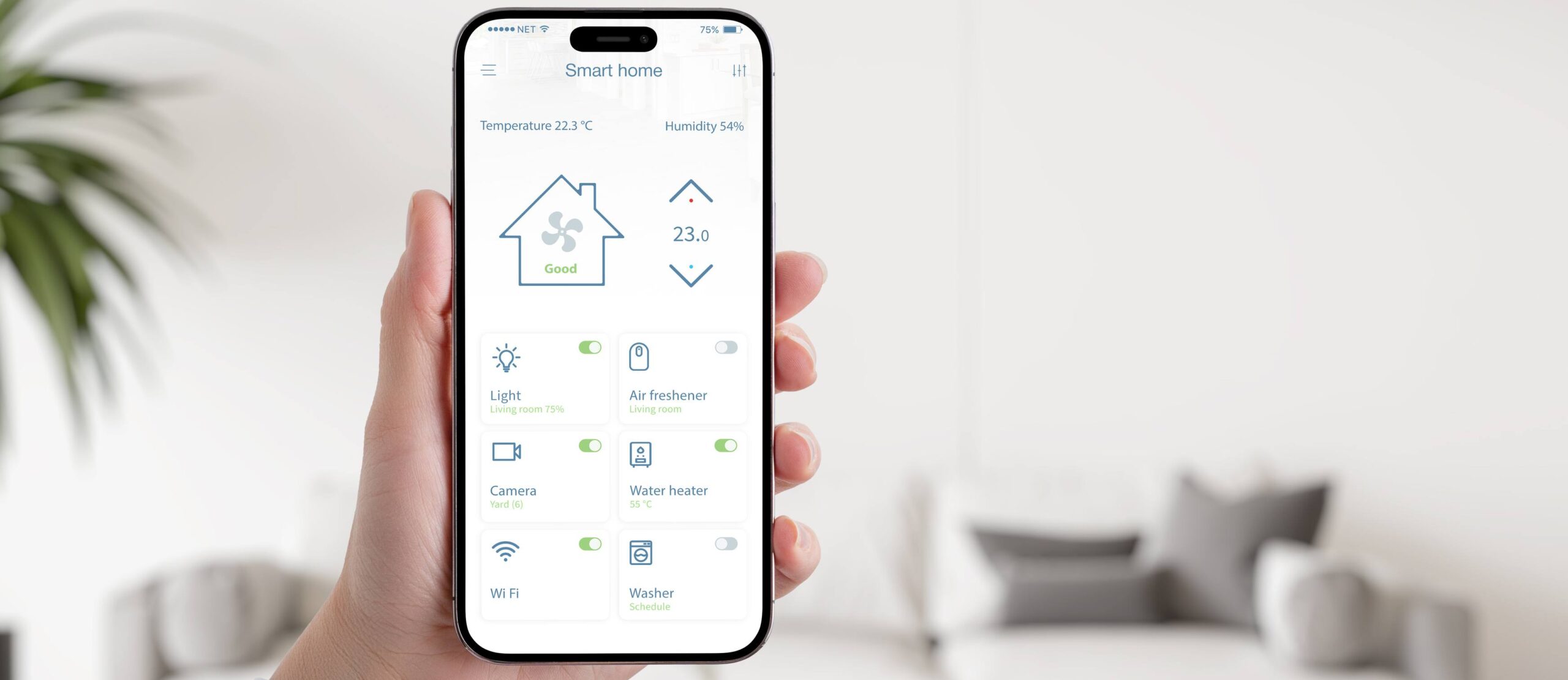Australian apartments of the future
From safety and convenience to security and sustainability, the gold standard in multi-res moves so fast it’s always seemingly just out of reach. Here’s what it might look like in the not-too-distant future.
The trend towards more compact and affordable living spaces has forced developers to challenge the stereotypes that multi-res means living cheek by jowl, and forgoing space and privacy along with natural light and ventilation. In contrast, many of today’s new builds prioritise a distinctly luxurious feel. Architects are creating bright and airy spaces, with open-plan layouts that are as versatile as they are practical.
Alongside this, as technology advances, consumers expect more cleverness from their homes, including features such as smart home technology, advanced security systems and EV charging.
By incorporating these desires, residential developers can attract more buyers and provide a better living experience for their residents. So far, so good.
“Home automation is becoming increasingly popular, with builders and developers trying to stay one step ahead of their competitors by constructing new homes that are at the forefront of smart technology and home automation,” says Sydney-based property development manager Peter Iliopoulos.
“This is slowly starting to become the new normal. Anybody who is not applying some type of home automation and security systems will not differentiate themselves from the pack over the next five years.”
Sustainability in new apartment buildings
Developers are also constantly adapting their designs in line with new regulations and building codes. And a lot of that is being driven by the need to meet the growing demand for sustainable and eco-friendly housing.
“The real estate industry is responsible for a massive portion of global energy consumption, greenhouse gas emissions, and raw material usage,” says Peter.
“As a result, there has been increasing pressure on the construction industry to reduce its environmental impact and contribute to the achievement of climate and environmental sustainability targets. While there is advancement in reducing waste and more effective construction methodologies out there, it is the end product that needs to be green and smart.”
Sustainability is becoming increasingly important to real estate investors who, of course, have the health of our planet at the forefront of their minds.
As a handy side effect, the application of environmental, social and governance (ESG) standards can also have a significant impact on the value of a property, making it more desirable for its lower operating costs due to reduced energy consumption. Increased rental returns and capital growth along with your green conscience? Yes please!
“The National Construction Code (NCC) has started incorporating electrical infrastructure allowances to all new developments to avoid impacts on the original design loads to an existing electrical grid,” says Peter. “To comply with new energy efficiency standards, there must be a provision for switchboards and EV charging infrastructure in new buildings.”
There are also innovative ideas around controlling your electricity supply and use floating around in the blue sky right now, that might not be too long coming into play. Expect smart home technology to be joined by renewable energy microgrids within residential developments in the near future, allowing multi-residents to generate, store and share renewable energy within their communities.
Solar systems on multi-res apartment buildings
While solar PV systems have taken off in residential Australia over the past decade or so, it has its challenges in the multi-res sector, and that’s largely down to cost. For example:
- Flat roofs mean additional costs to ballast and tilt the solar PV panels in the right direction.
- Panels take up space where a lovely rooftop garden or pool might otherwise tempt buyers and investors.
- Tall buildings might require additional crane hire and even traffic control.
- Contractors may need to drill a core hole through the floors for the cable if there isn’t enough room in the existing risers.
Retrofitting also has its challenges. The roof area will most likely be common property, meaning a special resolution is required for installation.
With a likely mix of renters and owner occupiers in a strata complex, this can take a long time, and can be a minefield to negotiate.
And then the decisions need to be made on how to split the bills between those who want to participate.
So, while there is a small emerging trend for multi-residential developers to use this type of infrastructure in their projects, the installation of residential solar and battery systems tends to eat into profits, forcing developers to increase sales prices at the risk of pricing themselves out of the market.
Typically, solar PV has been left to the owner occupiers who can claim incentives from government schemes and energy providers. Having said all that, these associated costs are slowly becoming affordable as more projects come online. Strata apartment buildings are one of the final frontiers for rooftop solar, a ripe opportunity just waiting for the right solution.





Comments (0)
Write a Comment